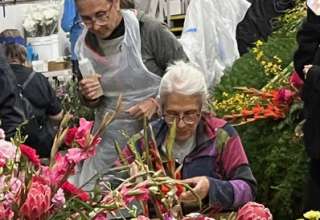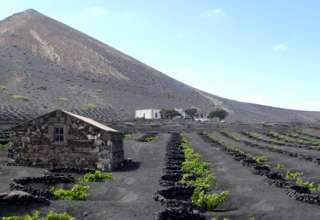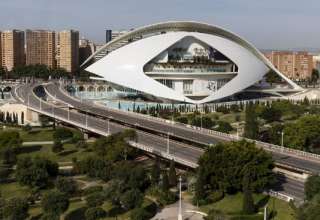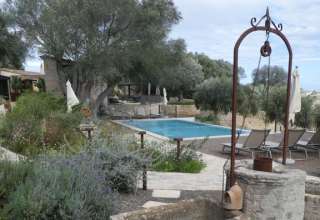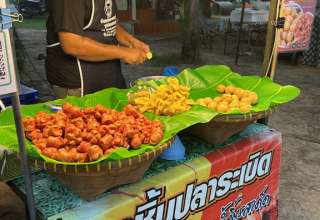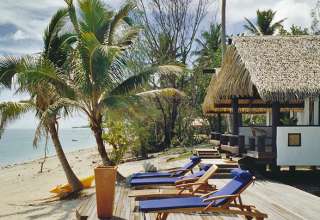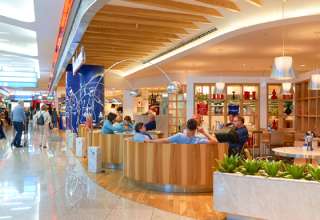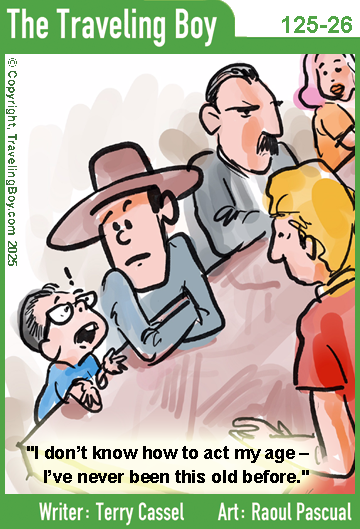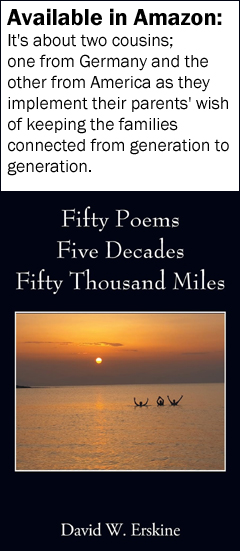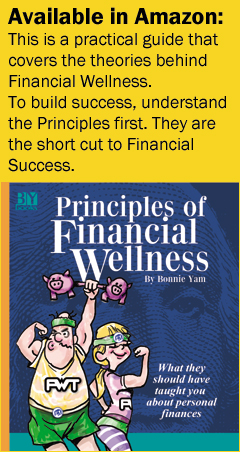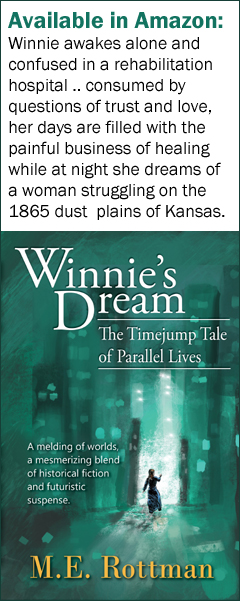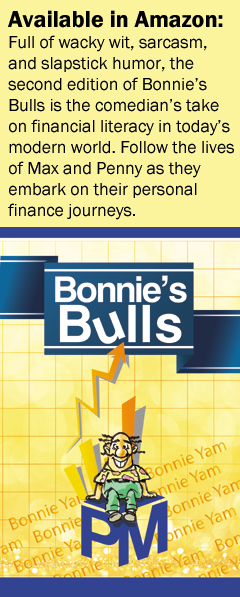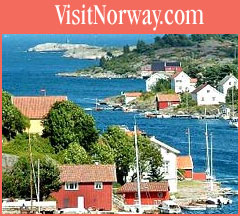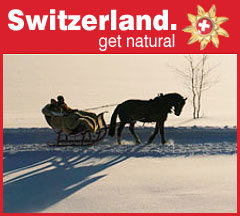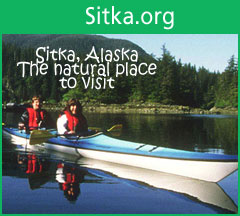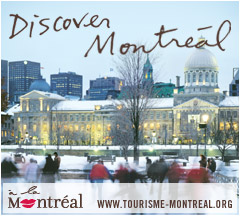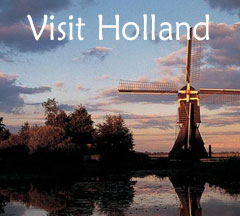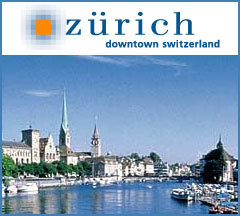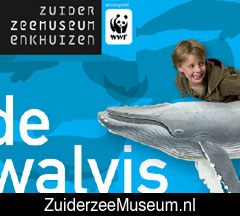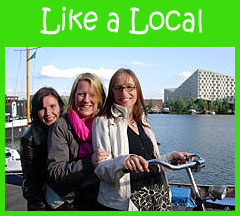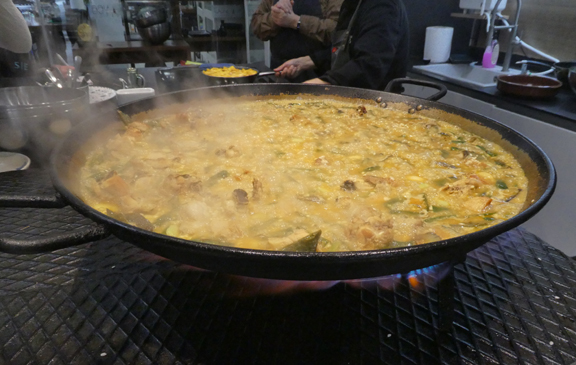
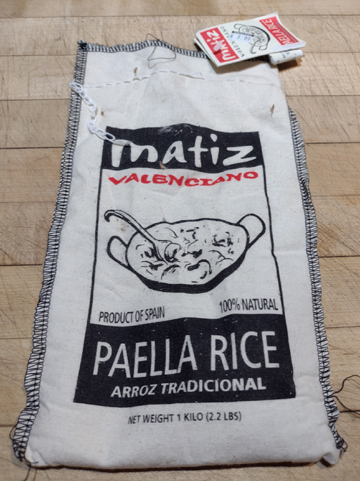
Chances are, what you’ve been calling paella all these years was simply a rice dish – good perhaps – but not paella. If it had chorizo – not paella. If it mixed seafood with meat – not paella. A true paella is made with tomatoes, (garlic), saffron, stock, beans, rabbit (or chicken) and snails, all nestled in an al dente bomba rice.
These ingredients are all found practically at every Valencian’s doorstep. It took a visit to the birthplace of paella – Valencia – to learn the nuances of cooking Spain’s most famous dish.
From the Beginning . . .
I started traveling to Spain after a column I wrote for my local newspaper referenced growing saffron crocus in the Catskill Mountains so I could make paella. (Saffron is one of the most expensive spices, so I definitely wanted to grow my own.) A Spanish friend forwarded my piece to some people of influence who invited me to attend a forum on the “Year of Gastronomy” in Spain. They liked how I reported on that and the curiosity and gravitas I brought to the journey. They have invited me back many times in the decades since.

But, while I’ve been nearly all over Spain, I was never to Valencia! I’ve wanted to see the City of Arts and Science since they started building it twenty-five years or so ago. I also wanted to find out what Spain’s biggest festival – Fallas, an explosion of fireworks and burning effigies throughout the city – was all about. And of course I wanted to taste paella on its home turf. Finally, I could.
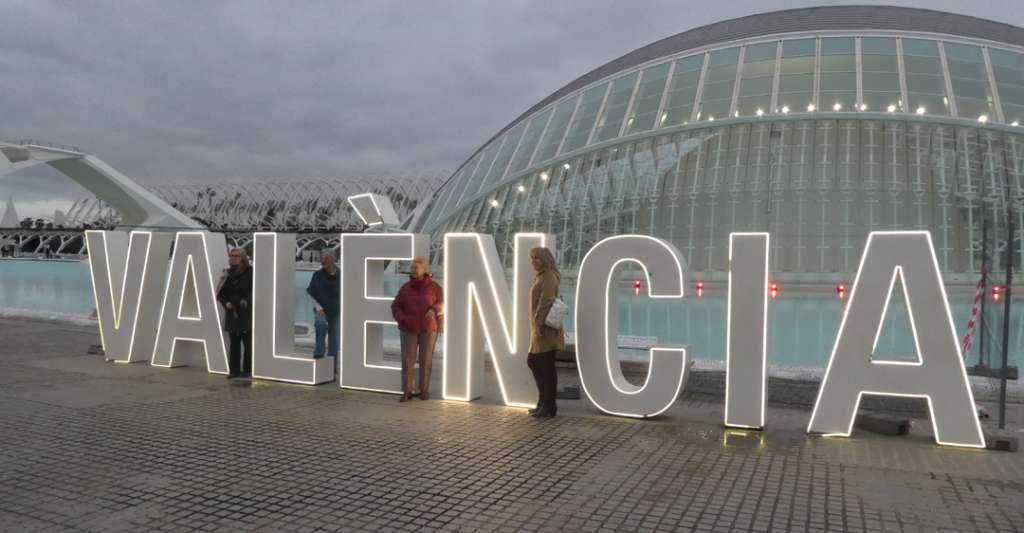
Valencia Club Cocina
I thought I knew how to make paella already, but I visited Valencia Club Cocina so chef Zaher could teach me the Valencian way. It is a lively, almost raucous cooking school.
Cooking here is a great trust and team building event where everyone has a hand in the making of traditional Valencian paella. After peeling, chopping, de-stringing, crushing, and mashing the ingredients – while drinking copious amounts of great Spanish wine – my new friends and I enjoyed a delicious meal together. The paella was great! I was disappointed that the only things missing were rabbits and snails.
La Barraca de Toni Montoliu
Then I visited chef Toni Montoliu at La Barraca de Toni Montoliu in Meliana, just outside of Valencia city, who is famous for his paella and for just being a larger-than-life cooking/farming personality. He is truly an ambassador for Spain.
The setting was amazing! Just a block off a main city street, in the back yards of businesses and apartment buildings, abundant fields of produce stretched across Valencia’s plains. Big plots of lettuce, artichokes, tomatoes, onions, beans, eggplants, corn, garlic and herbs of all kinds wrapped around Toni’s farmstand cum restaurant. Right there in front of a traffic light. Orchards stretched into the distance behind them. Not a man of modest proclamations, Toni gestured with his arms wide across this expanse and exclaimed: “This Huerta of Valencia is the great garden of Europe.” Meanwhile, chickens and kittens scurried out from underfoot as he hustled (yes – we almost ran) through the fields gathering the freshest of perfect produce for our meal. It was almost more than I could carry.
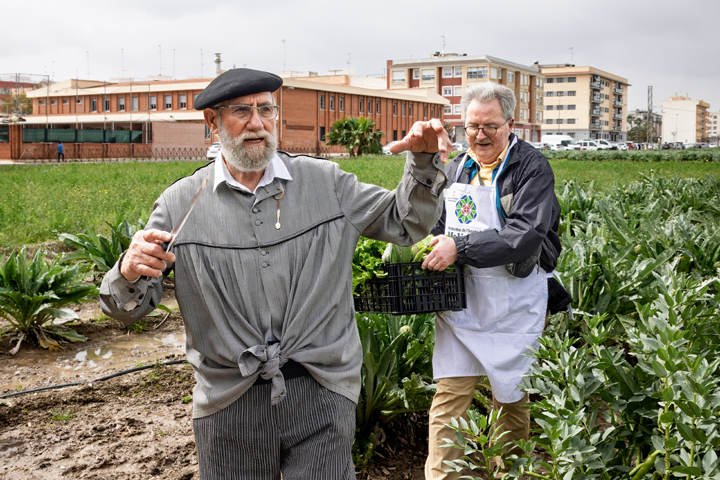
Then he ushered me through a maze of half-filled picnic tables into what looked like an old open-sided wagon shed converted into a paella kitchen. Friendly staff unloaded my armful of produce to wash and prep it while I looked around in amazement. There were five huge paella pans on one long grill along the back wall with separate wood fires beneath each. And each was at a different stage of paella cooking. Here was the chicken (first disappointment – no rabbit) sizzling in olive oil, next were the aromatics being sauteed with them.

At the third Toni checked the meat mixture then let me stir the rice equally throughout the pan. The pan next to that was ready for me to stir in the stock and after a bit add the beans. Finally, the last one was bubbling away nicely. He added some straw to the flames to raise the heat creating the prized bottom crust of rice called socarrat that elevated arroz con cosas, or rice with things, into the lofty realm of Valencia Paella. It was telling that when I asked where the snails were he said, “no snails today”, I suppose in deference to the erroneous Spanish belief that Americans don’t eat snails. (My second disappointment.)
This cook-shed was just off the back door of his restaurant. So, while the picnickers enjoyed paella in the dappled shade of the olive trees in the courtyard, he ushered me into his restaurant to enjoy the full range of his cooking skills. And, while I enjoyed everything I ate – yes, the paella was spectacular – the taste that lingered longest on my palate was the simplest of condiments – a garlic and olive oil aioli – served essentially with potatoes but which I added to almost everything. What a great meal!
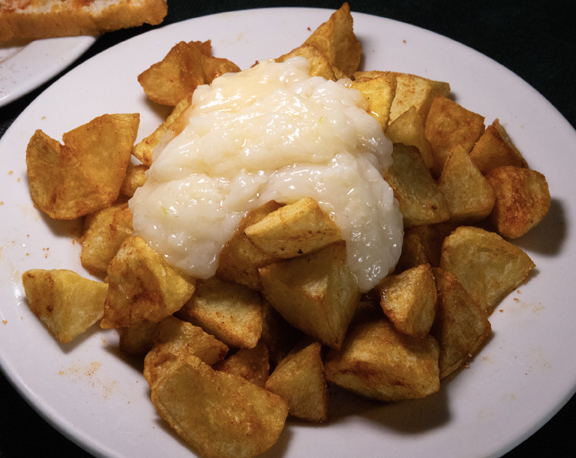
Eating at La Barraca de Toni Montoliu should be the “de rigor” experience when visiting Valencia. And go soon. When I asked Toni how old he was he said 72, but I later learned he was at least a decade older, yet still with the wits and vigor of a man much younger. Go. Eat. Learn.
Visit Valencia #visitvalencia
Spain Tourism #visitspain
Novotel Hotel Valencia — I liked this hotel both for its central location (next to a shopping mall and a subway station) and for its efficient, modern design. The people were really nice, too.
